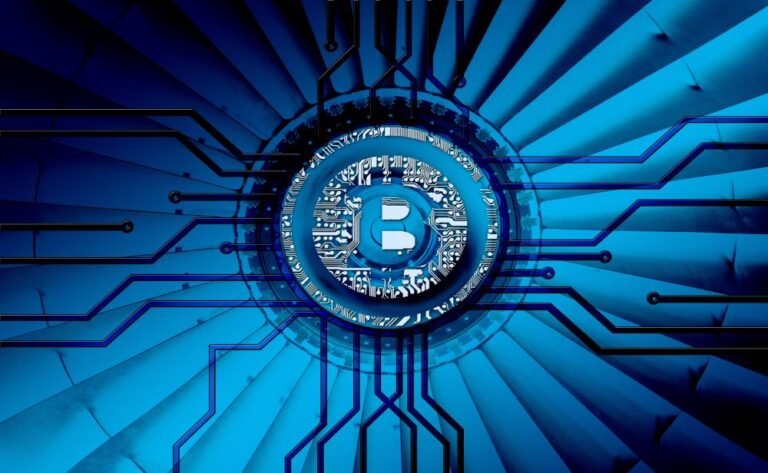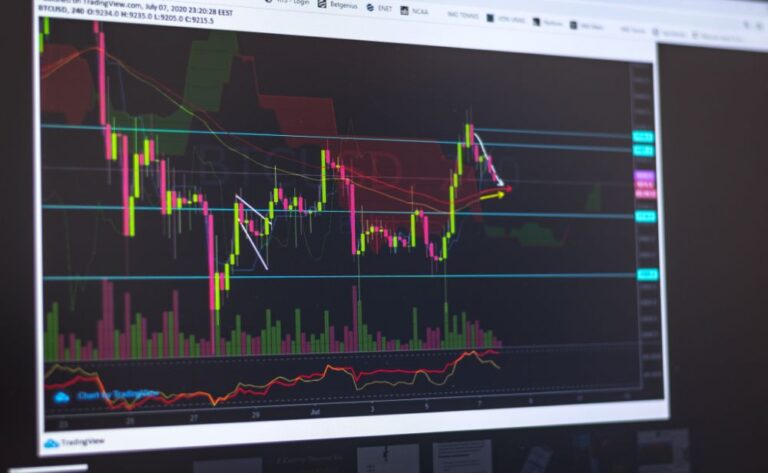The Best Passive Income Idea: Helium Mining!

Shawn Fanning, Amir Haleem, and Sean Carey established Helium in 2013 with the goal of making it simpler to create connected devices. If the first name sounds familiar, it’s because Shawn Fanning was a co-founder of Napster, the first peer-to-peer music-sharing service, which in its brief 3-year existence racked up over 27 million subscribers. Due to the fact that he is now working on 12 other startups, Shawn advises Helium. Professional gamer and video game creator Amir Haleem was once regarded as the best Quake player in the entire globe. He is currently the CEO of Helium. On the other side, until he resigned in 2015, Helium’s CTO was Sean Carey, a seasoned systems architect.
Amir claimed that Shawn’s creation of Helium was the result of one of the many discussions they had after first meeting in 2005. With wireless networks, they hoped to emulate Napster’s peer-to-peer concept without running the risk of being shut down for violating the law, as Napster did with copyright. They had initially hoped to target the telecommunications business but soon realized that the existing players already possessed too much financial and political clout to make it feasible.
IoT, the most popular buzzword right now, refers to the process of employing sensors to gather data from the physical world. Laptops, mobile phones, security cameras, smart devices, and even dog collars are examples of objects that have sensors. Amir was aware that the reason IoT companies were failing was because building IoT infrastructure in a centralized fashion made no economic sense because he had colleagues who had attempted and failed to launch IoT projects. The only issue with Helium at first was that there was no incentive for individuals to create this peer-to-peer IoT network, which caused the entire project to halt.
Amir, however, saw that the Bitcoin could produce the correct incentives when it first gained popularity in 2016. The Helium team got to work on this after being motivated by the file coin white paper in 2017. In June 2019, Helium unveiled its first actual helium hotspot devices, which will power its peer-to-peer IoT infrastructure. One month after the primary network of Helium went live, the cryptocurrency coin (HNT) that would encourage individuals to join their new decentralized network was created.
How Does Helium Function?
A new method of mining cryptocurrency is called helium mining. By installing a small device in your home or workplace, you may give your city miles of low-power network coverage for billions of devices while also earning the new cryptocurrency HNT. Hotspots uses radio technology to mine HNT rather than pricy or inefficient GPUs.
Proof-of-
Participants in the Helium blockchain utilize the coverage system to confirm that Hotspots are located where they say they are. Since any Hotspot owner without authorization can claim a location, this must constantly be confirmed by other Network users so that the chain can pay the Hotspot for establishing coverage?
What does “Proof of Coverage” mean?
On the Helium blockchain, the algorithm is known as proof of coverage (PoC). To verify that Hotspots are indeed offering reliable wireless coverage, the program makes use of radio waves. By creating new blocks, completing new tasks, and giving incentives to miners, validation operates.
Helium LongFi is a brand-new, open wireless protocol designed for IoT devices with limited bandwidth that require miles of range and maximum battery life. Any LoRaWAN device can now send data on the Helium Network thanks to LongFi, which connects the LoRaWAN wireless protocol with the Helium blockchain.
Without the need to set up gateways or network servers, LongFi offers roaming capabilities and facilitates micropayment transactions so that customers only pay for network consumption.
How Does HNT Get Paid?
The amount of HNT delivered to Hotspots varies according to the “work” they do and how valuable that work is to the network. A new work algorithm called Proof-of-Coverage enables this certification of network participation (PoC).
Hotspots are given instructions (or “challenges”) to communicate payloads to any nearby Hotspots for observation and verification in order to take part in PoC. These single-hop difficulties are also referred to as “beacons.” Due to the fact that they can only issue Challenges and cannot have their beacons confirmed, hotspots without neighbors receive less money. The amounts of distribution are adjusted after the first year.
How Do You Calculate Profits?
Because it is so incredibly profitable, has a minimal beginning cost, and a little miner that makes no noise or heat, helium mining has recently begun to take off. Helium mining is a popular option for people who wish to generate quick passive income at home because it uses less electricity—less than €1—per month.
Let’s now comprehend how the reward is given out based on the type of “work” that the miner performs:
1. Challengers: The network selects 0.5% of Hotspots to send challenges—encrypted messages sent over the Internet—to a predetermined set of Hotspots. Proof-of-Coverage use challenges to verify wireless coverage. Hotspots can send challenges to Hotspots in any area, not just nearby ones.
2. Proof-of-Coverage: 5.31% Hotspots receive HNT in exchange for taking part in this program and certifying their peers’ wireless coverage. The amount that each Hotspot makes is based on how frequently it participates directly in Proof-of-Coverage activities.
3. Witnesses: 21.24% Hotspots that keep track of and report Proof-of-Coverage activity (beacons) from other Hotspots are awarded HNT in proportion to the amount of activity they have observed and the Challengee’s reward scale.
4. Network Data Transfer: Hotspots that transfer data from networked devices receive 32.5% of the HNT supplied overall. Depending on how much data a Hotspot transmits, a certain amount of HNT is distributed.
5. Consensus Group: 6% of Hotspots are chosen at random to serve on the Consensus Group, which is responsible for publishing new blocks to the blockchain and confirming transactions. Members of the group share in the 6% given to the Consensus Group.
Where Can I Buy Miners?
Since HIP 19 has been approved, third-party manufacturers and suppliers who want to create and provide hotspots that mine HNT may do so with community consent. Hotspots are now being sold by 19 businesses, but due to a global shortage of semiconductors, suppliers are finding it difficult to keep up with demand. There is a backlog of 200,000 pre-ordered hotspots as of April 2, 2021.
What shall I do with the Miner?
The following steps will help you gain the most benefits from your Helium hotspot:
1. Position it as high as you can.
2. Based on the hotspot’s height, choose a higher DBi antenna.
This is an illustration of one of my setups. I modified the hotspot’s height and antenna, which resulted in an increase in witnesses from 4 to 20, as well as a tripling of weekly incentives from $21 to $25 to $60 to 65. Even though more new miners have joined the network in my area after the first screenshot was taken, I haven’t seen any of the ones who have been there the entire time I’ve been on the network.
HNT Investment Potential and Return?
It is not surprising that investors have confidence in cryptocurrencies because of their trustworthiness. That results from Helium’s extensive community outreach efforts, which include forming non-profit partnerships and alliances. Recently, cryptocurrency venture capital powerhouses like Andreessen Horowitz invested $110 million in Helium.
Unearned HNT is given away for Proof-of-Coverage Challenges and Witnessing up until Network Data Transfer uses up all of its allocated token distribution. The proportion of HNT payments for Hotspots that are currently based on Proof-of-Coverage will alter as usage rises. It is anticipated that HNT incentives for Hotspots would decline as the Network expands and more HNT halvings occur every two years. As the burn-and-mint balance takes front stage on the Helium Blockchain, scarcity is a natural progression of incentives.
• In one year, the price of helium will increase from $38.45 to $78.531, predicts WalletInvestor. HNT is a fantastic investment as a result. The potential income over the long run is 104.24%.
• CoinQuora estimates that the price of helium might rise to $120. However, finding additional medium-, short-, and long-term price objectives for buy or sell orders might not make it too difficult for HNT to achieve this level. This shows that HNT has a good chance of quickly attaining a new ATH during the next five years, according to the prediction.
• According to DigitalCoin’s forecast, the average price of Helium coins will be $56.32 this year and will increase to $62.91 on average in 2023. Long-term forecasts indicate that the price may average $83.54 in 2025 and $170.59 in 2029.
• In contrast, Trading Beasts forecasts a horizontal trend for HNT for the remainder of the year. By the end of 2022, they forecast a 20% increase, but very little growth after that. It’s amazing how different two price prediction websites can be.
The position, height, and antenna of your miner all affect the return on your investment. The comparison of monthly benefits based on configuration is provided below:
Monthly Bonuses: $240 to 260 (My Setup – In the Suburb)
Rewards each month: $520–540 [Left/First] | $340–360 [Right/Second] (At a City)
Right/Second Miner Setup: Transmit scale-0.83 | Height-8 Meters | Antenna-6 DBi; Left/First Miner Setup: Transmit scale-0.50 | Height-15 Meters | Antenna-8 DBi
• In the meantime, Helium is seeking to extend its IoT network into the 5G space. Around 240,000 LoRA-based IoT hotspots have already been activated by Helium’s customers spanning 21,000 cities in North America, Europe, and Asia.
Finally, what?
One of the many cryptocurrencies using blockchain technology to address issues in the real world is helium. Helium has a strong team behind it, a robust use case, well-designed tokenomics, and an engaged community. The profitability of mining HNT will gradually decline, but as long as the Helium network remains productive, HNT will be a good investment.
How can I convert HNT to fiat money?
To convert HNT for local money, you must send HNT from your Helium wallet to an exchange that accepts HNT.
In this situation, Crypto.com and Binance would be the most dependable options.





